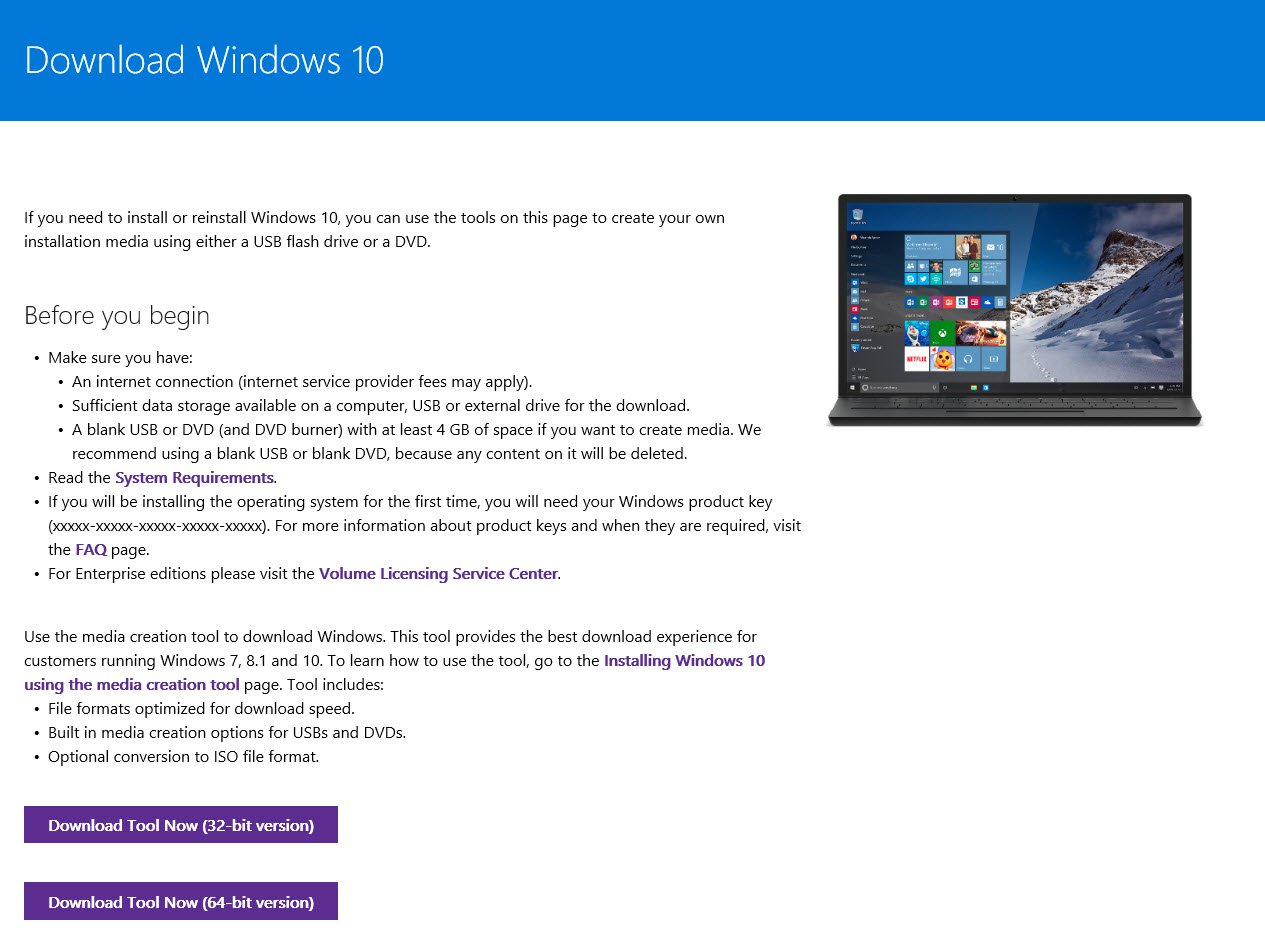How To Install A Gas Stove
 So, you have chosen to obtain a gas stove, along with know how to set up it, and also the calling a specialist is too expensive? Well, worry get rid of, today we're going to describe range installation at length, so you're able to do it safely yourself. Please note that you'll want some additional equipment, so bear this in your mind and don't start cellular phone process when you finish looking over this article. Here's a list So without further ado, let's begin!
So, you have chosen to obtain a gas stove, along with know how to set up it, and also the calling a specialist is too expensive? Well, worry get rid of, today we're going to describe range installation at length, so you're able to do it safely yourself. Please note that you'll want some additional equipment, so bear this in your mind and don't start cellular phone process when you finish looking over this article. Here's a list So without further ado, let's begin!First of, you should detach your old range (should you have one obviously) in the gas pipe. To do so you will have to turn off the valve about the pipe (without having a shutoff valve, one does NEED to get one), open your windows to counteract gas build-up area, and thoroughly disconnect the previous stove hose from your pipe. If you are unsure concerning the valve tightness, you may temporarily put a wet bit of fabric within the pipe to avoid excess gas from seeping out. It goes without saying that you will have a wrench correctly (adjustable will be good if your couplings have sizes and you don't want to get a whole set), so without having one - go and purchase it today. When positioning the newest stove - don't forget to level it horizontally, obviously any good slight inclination will modify the quality of the food greatly, and might cause further troubles in exploitation.
Next thing you need is usually a flexible gas hose (corrugated with stainless metal bellows will be your best option) having a set of fittings which are suitable for your gas pipe AND for your stove (the pipe and hose connection sizes might vary, so that you will need an adapter-intermediary), a few elbows with fittings (in the event the positioning of either pipe of the stove is inconvenient), sealant tape, gas leak detector, and a few precision. Wrap the end a part of the gas pipe as well as the fittings which are in the pipe/stove having a sealant tape to avoid leaks. Connect the finish fitting to some hose (inner beveled parts does not have to be covered with sealant tape given it may compromise the seal) after which connect the hose having a fitting with a gas pipe. If you would like to customize the direction/add more space, you must put on elbows before attaching the hose into a pipe/stove. The process is similar, utilise all the provided fittings and also a sealant tape to be sure maximum tightness.
Do exactly the same with the fittings built into the stove, connect these fittings to your hose and then to some stove. Check, double-check and triple-check each of the connections. When you're ready, turn for the gas valve, but DO NOT turn within the stove. Use a combustible gas leak detector to ascertain if there's a bad seal. If you will not have such device yet, TPI has some cheap yet reliable gadgets to present, one example is,gas model 721(https://megadepot.com/product/tpi-721-10-ppm-sensitivity-combustible-gas-leak-detector-displays-real-ppm-stepped-ppm-lel). If you detect any leaks, turn off the gas, reassemble each of the connections, verify that you missed any fitting or didn't screw the hose properly. If you don't detect any problems, because of this all your connections are tight and leakproof, and also you're all set.
